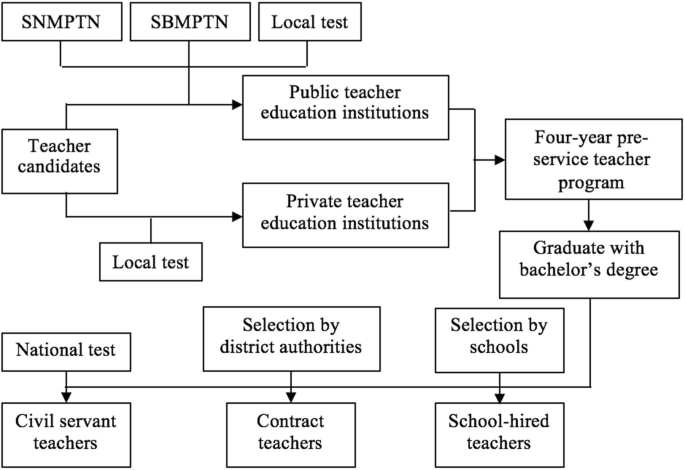
International Journal of Engineering & Technology, 7 (4.28), pp. (2018) Gender Inequality: Concept and Measurement (A Study of Indonesia on ASEAN). International Journal of Applied Business and Economic Research, 15 (6), pp. (2017) Labor Productivity and Competitiveness (A Study: The Comparison of Indonesia with ASEAN). THE UNITED NATIONS DEVELOPMENT PROGRAMME (2017-2018) Fighting Climate Change: Human Solidarity in a Divided World. Geneva: International Labor Organization. (2016) Perbedaan Gaji antara Wanita dan Pria. (2016) Survei Angkatan Kerja Nasional 2016. Jakarta: Kerjasama Kementerian Pemberdayaan Perempuan dan Perlindungan Anak dengan Badan Pusat Statistik.ĪNONYMOUS. KEMENTERIAN PEMBERDAYAAN PEREMPUAN DAN PERLINDUNGAN ANAK REPUBLIK INDONESIA (2013) Pembangunan Manusia Berbasis Gender 2013. Keywords: Empowerment, Gender Inequality Index, Labor Market, Reproductive Health The work ability indicator is a large contributor to reducing the Gender Inequality Index value in Indonesia.


In this study, the work ability indicator was calculated separately from the labor force participation rate to measure the dimensions of the labor market. In addition, the majority of Indonesian female workers are in lower skill jobs. In almost all ASEAN countries, the representation of women in parliament is small. One of the biggest indicators of gender inequality is that women are less represented in the Indonesian Parliament than men.

Based on the Gender Inequality Index, men still dominate in every dimension: health, empowerment, and the labor market. The results of this research indicate that Indonesia had a higher Gender Inequality Index than Malaysia, the Philippines, Singapore, and Thailand this means that Indonesia has a higher level of gender inequality than each of those other four nations. This study used secondary data from the United Nations Development Program, the World Bank, and the Indonesian Central Bureau of Statistics. This research aimed to identify the magnitude of gender inequality in Indonesia, as compared to other ASEAN countries, using the indicators found in the Gender Inequality Index. The Gender Inequality Index is used to measure the level of gender inequality in a country. This gender inequality is exhibited by fewer roles and lesser participation of women, which is seen especially in politics, public positions, and the economy. Indonesia is a large populous country in the Association of Southeast Asian Nations (ASEAN) but has greater gender inequality than fellow member countries Malaysia, the Philippines, Singapore, and Thailand.


 0 kommentar(er)
0 kommentar(er)
